Better outcomes in psoriatric arthritis, lupus, Wegener’s
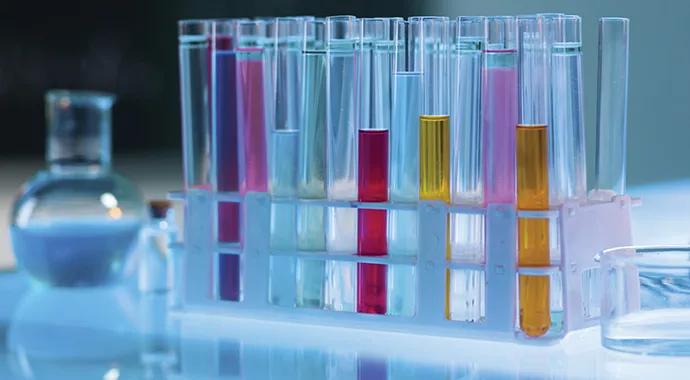
Cleveland Clinic is a non-profit academic medical center. Advertising on our site helps support our mission. We do not endorse non-Cleveland Clinic products or services. Policy
Biobanking is an increasingly integral part of Cleveland Clinic’s Department of Rheumatic and Immunologic Diseases. As scientific research places further emphasis on improving individualized care, or personalized medicine, the science of biobanking can provide clues and insights to improve patient outcomes. After briefly outlining the essentials and benefits of biobanking, this post profiles the active biobanks managed by our department.
Biobanks, or biorepositories, store biological specimens, such as blood, plasma and urine, and combine them with corresponding clinical data from the individuals who supplied the specimens. This biorepository of data links valuable, highly specific, de-identified health information to individual biosamples. Through this combination of specimens and comprehensive clinical information, biobanks provide a structured and novel way to match clinical data with biological samples.
Beyond this core utility, biobanks also serve as exceptional network-building tools, allowing researchers with shared interests to connect and collaborate in disease investigation.
The success of biobanks requires planning and organization, as storage procedures and longitudinal data collection can be complex and demand scrupulous attention to ethical principles and scientific integrity. At Cleveland Clinic, a biobank governing committee is responsible for reviewing the scientific, legal and ethical components of a proposed biobank study while ensuring adherence to IRB policies and procedures for protection of human research subjects.
Because the Department of Rheumatic and Immunologic Diseases includes numerous researchers involved in the collection and storage of human biospecimens in a variety of rheumatic diseases, our group holds quarterly biobank meetings to establish guidelines and best practices for managing our biobanks’ daily operations. We also have two biobank coordinators, Lori Strozniak and Kelly Goodrich, who help implement biobank research protocols and interact with research participants to obtain informed consent and handle recruitment, enrollment and follow-up.
Elaine Husni, MD, MPH, and colleagues are using biobank resources to recruit participants with psoriatic arthritis (PsA) who consent to provide blood and urine samples and longitudinal clinical data. PsA is a heterogeneous disorder associated with inflammatory arthritis and skin psoriasis. Many, but not all, patients with PsA are at increased risk for cardiovascular disease, so detecting those who are may promote earlier treatment and improved outcomes.
The PsA registry is our largest biorepository, securely storing more than 1,000 biosamples and data on nearly 200 patients. It is focused on correlating clinical data with serum biomarkers of cardiovascular inflammation, subclinical measures and disease activity.
Atul Khasnis, MD, MS, has teamed with colleagues at Case Western Reserve University to investigate granulomatosis with polyangiitis (GPA; Wegener’s), an unusual multisystem disease characterized by inflammation of small and medium-size blood vessels in various organs that can lead to ischemia, hemorrhage and organ failure.
Central to his efforts is biobanking ‒ specifically, collecting and examining serum biosamples with the aim of better understanding dysfunction of the immune system in GPA. With the advent of biologically targeted therapies such as rituximab, which is FDA approved for the treatment of GPA, there is a greater need to understand the impact of such treatments on the immune system in this and similar complex illnesses.
Rula Hajj-Ali, MD, and her team are studying reversible cerebral vasoconstriction syndrome (RCVS) and central nervous system (CNS) vasculitis. RCVS comprises a group of diverse conditions characterized by reversible multifocal narrowing of the cerebral arteries heralded by sudden, severe (thunderclap) headaches with or without associated neurologic deficits and ‒ most important ‒ by reversible angiographic findings. RCVS is of major importance to rheumatologists because it is the leading mimic of CNS vasculitis. Early recognition and diagnosis of RCVS can save patients the risks of unnecessary immunosuppression.
We are now building a repository of clinical data, radiologic findings and biological samples from patients with RCVS and CNS vasculitis. By investigating biomarkers to help diagnose RCVS and develop therapeutic targets, we hope to better distinguish RCVS from other cerebral arteriopathies, both inflammatory and noninflammatory.
Mehrnaz Hojjati, MD, and colleagues are directing Cleveland Clinic’s lupus registry. A great deal of what we have learned about lupus over the past decade has originated from large patient databases and registries.
The primary goal of the lupus registry is to facilitate interaction between the realms of basic research and clinical medicine. With this registry, we aim to analyze factors potentially involved in disease onset, therapeutic effectiveness and development of disease complications. We also aim to analyze urine and blood for biomarkers that may predict disease activity and potential organ involvement.
The future of biobanking is full of promise and possibilities. The networking opportunities and resources that biobanks provide are priceless, and they open the door for collaborations with colleagues near and far.
Dr. Husni is Director of the Arthritis and Musculoskeletal Center and Director of Clinical Outcomes Research for the Department of Rheumatic and Immunologic Diseases. She can be reached at husnie@ccf.org or 216.445.1853.

E-coaching program is tailored for those with the disease
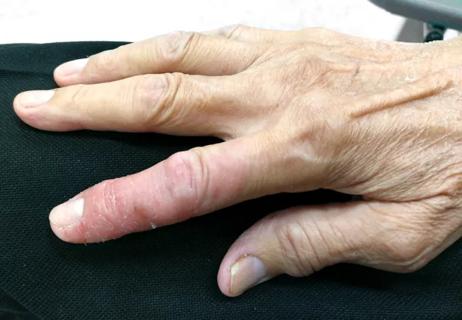
Sustained efficacy and safety
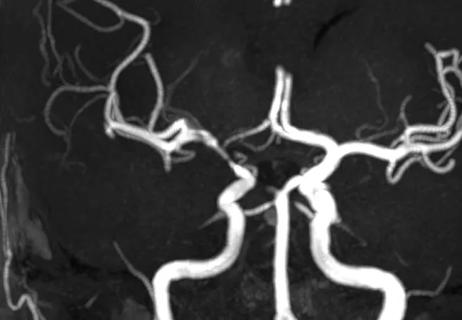
New long-term outcomes data offer insights

Evaluating PROs in immune-mediated diseases
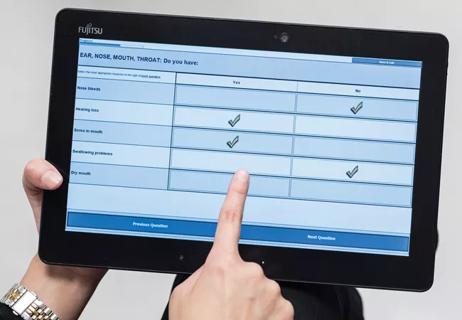
A practical PRO biomarker databank

Distinguishing the cause of fevers in patients with lupus
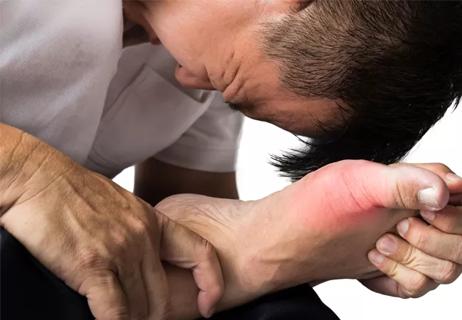
Relationship in patients treated with pegloticase
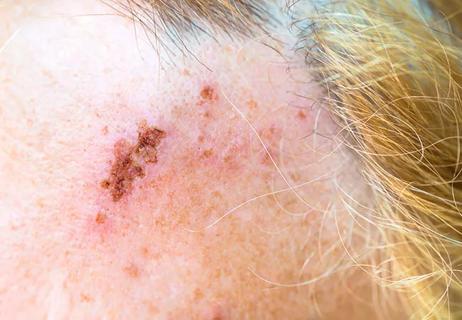
Response to vaccine in inadequate responders to methotrexate